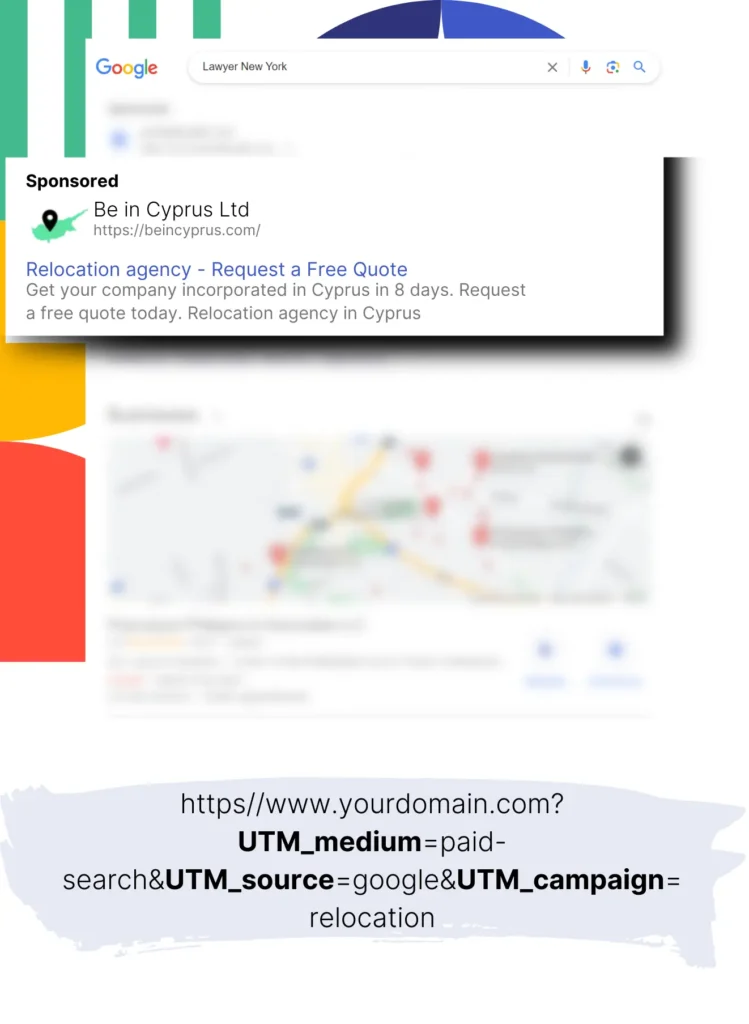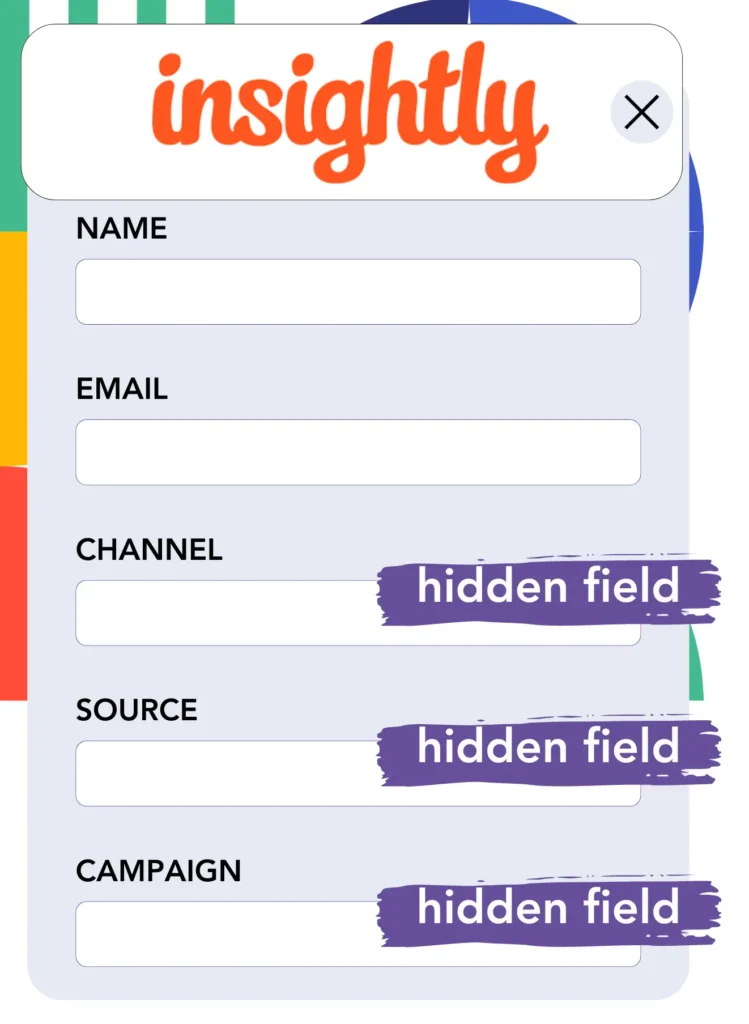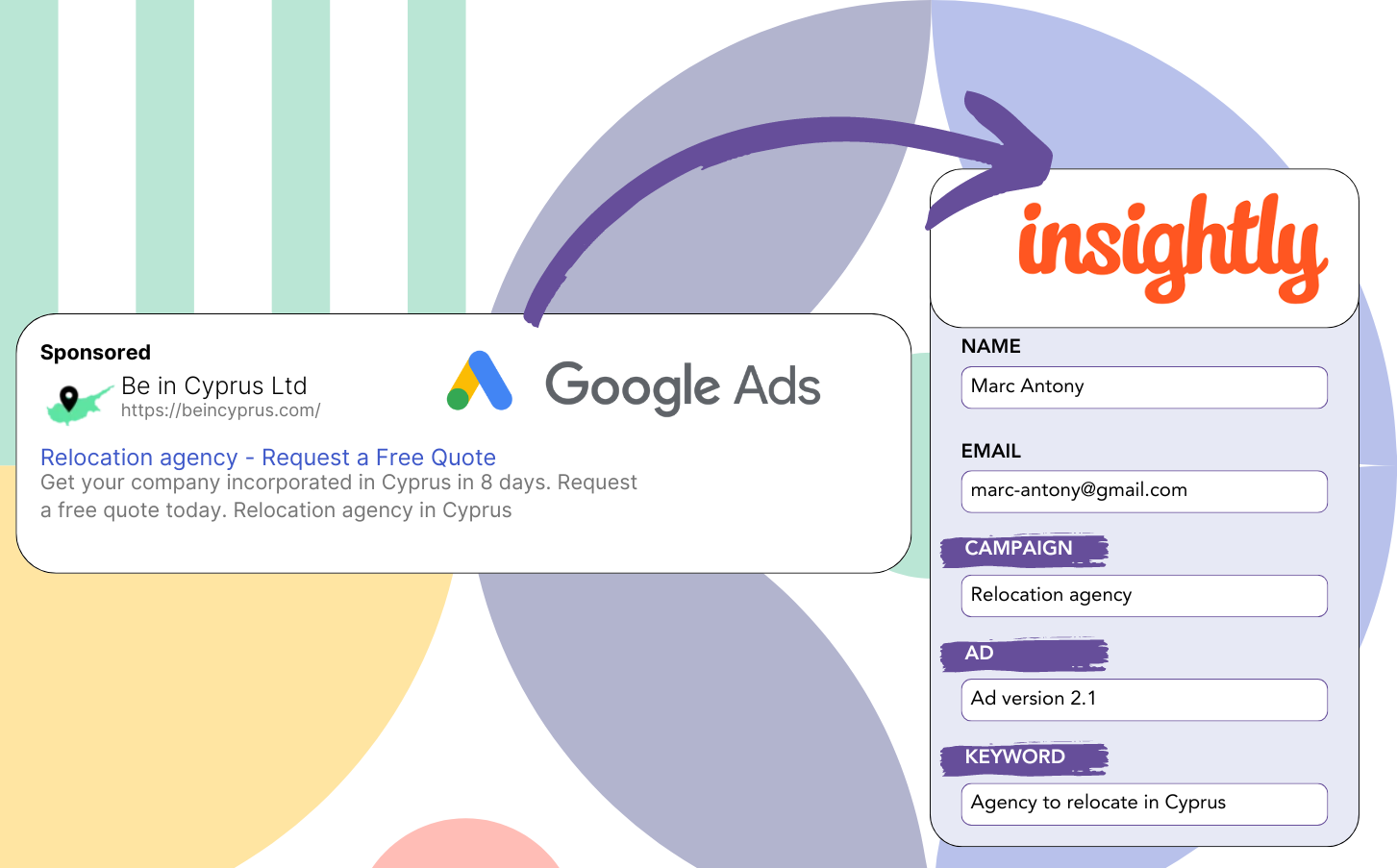Do you know how to find out which Google Ads campaigns are getting you leads?
This is a recognized issue. Google Ads displays lead totals for campaigns, ads, or keywords but fails to offer specific lead data.
Consequently, you can’t track which campaign, ad, or keyword led to the leads that converted into customers.
Leadsources eliminates this problem.
Leadsources makes it possible to track your Google Ads data (campaign, ad, keyword, etc.) on an individual lead level.
If you add your leads to Insightly, you can see Google Ads data (campaign, ad, keyword, etc.) for the leads that became clients.
This lets you generate reports such as: Keywords that resulted in the most clients… guiding your decisions on keyword promotion or cancellation.
Let’s dive in!
Capture Google Ads lead data in Insightly in 4 steps
Step 1: Add Leadsources in the head tag of your website

Sign up to Leadsources.io, and benefit from our 14-day free trial.
Place the Leadsources code in the head tag on your site. No technical knowledge required.
Simply follow this easy step-by-step guide.
Step 2: Add the UTM parameters to your Google Ads campaigns

Insert the UTM parameters for tracking into every Google Ads campaign you run.
Examples of UTM parameters for your ad include:
- UTM_source
- UTM_campaign
- UTM_term
- UTM_content
Leadsources captures details not covered by UTM parameters, including the channel, landing page, and subfolder, providing a full lead level picture.
Step 3: Add the hidden fields to your form

Leadsources automatically inserts Google Ads information (campaign, ad, keyword, landing page, etc.) into hidden fields when users fill out your form (name, email, etc.).
To do this, simply add hidden fields to your form for UTM parameters. Our step-by-step guides are available for all form builders, and no coding is needed.
Step 4: Track the Google Ads data in Insightly

After a click on your Google Ads ad and arrival at your page, Leadsources captures the Google Ads information (campaign, ad, keyword, landing page, etc.).
Leadsources takes care of adding Google Ads data to the hidden fields of your form automatically.
When the form is completed and submitted, Google Ads data and responses can be transmitted to Insightly. Make sure your form is connected to Insightly.
How does Leadsources work?
Placing the Leadsources code into the head tag of your website will ensure it reads and captures Google Ads data (UTM parameters and referrer) with each visit.
The hidden fields of your form are used to store the Google Ads data.
Even in the absence of UTM parameters in the URL, Leadsources will still collect visitor data via the referrer:
- Channel
- Source
- Campaign
- Landing page
- Landing page subfolder
This approach lets you monitor significant lead source information even in the absence of UTM parameters, such as:
- On Google Search
- On your Instagram bio link
- On your social media posts
- Etc.
While most tools track lead sources through UTM parameters, Leadsources allows you to monitor lead data for channels that don’t utilize UTM parameters:
- Organic Search
- Paid Search
- Organic Social
- Paid Social
- Referral
- Affiliate
- Display Advertising
- Direct Traffic
This method consolidates specific lead source data into a single, central area.
How to run performance reports
Having your Google Ads data stored in Insightly allows you to generate performance reports such as:
- Leads per channel
- Revenue per channel
- Revenue per keyword
- Etc.
This aids you in making better decisions about your marketing costs.
Let’s uncover the reports you can create.
Lead performance reports
You can generate reports that reveal the quantity of leads produced by:
- Channel
- Source
- Campaign
- Landing page
- Landing page subfolder
Example #1
From campaigns across various channels (SEO, PPC, email, etc.), you can export the data to prepare a report named “Leads by Channel.”

Example #2
After identifying which channel provides the most leads (e.g., Google Ads), you can focus on this channel to review the lead count for each specific ad campaign.

Example #3
After determining the campaign with the highest number of leads, you can further explore by identifying which keywords are producing these leads.

Sales performance report
It’s important to find out which ads and keywords bring in the most leads, but do they also bring in more money?
By sending form submissions to Insightly, you can generate extensive sales performance reports.
Example:
| Channels | Search Paid | Social Paid |
| Leads | 50 | 75 |
| Sales | 5 | 6 |
| Average order value | $150 | $100 |
| Revenue | $750 | $600 |
After conducting ad campaigns on Google and Facebook, you identified that Social Paid ads attracted more leads than Search Paid ads.
After evaluating lead conversion data for several weeks, you find that the Search Paid channel generated higher revenue with fewer leads than the Social Paid channel, leading you to a decision to raise the budget for Search Paid campaigns.
LeadSources tracks the source of each lead in Insightly, whether they come from ads, organic search, social, email, etc. and syncs that data with each submission. See the full breakdown on the lead source in Insightly page.

